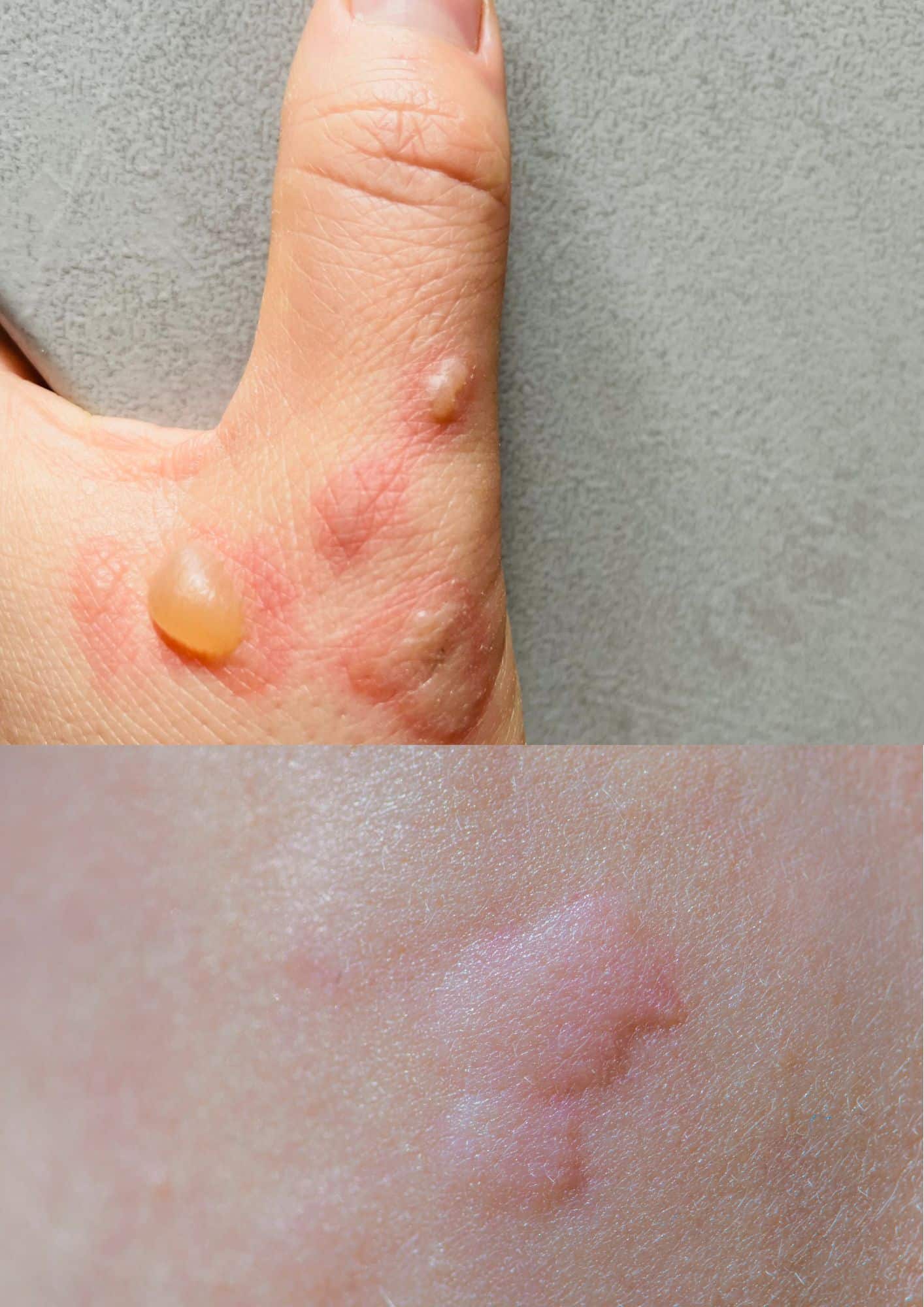Alert! The most dangerous plant in Britain, the Giant Hogweed, has been spotted by a runner in the Salford on the Manchester Ship Canal towpath of the United Kingdom.
The encounter occurred on June 12, 2023. The citizen noticed the Hogweed bush taller than the actual 5-meter height beside protective railings and reported it to the City Council.
But what made the runner shiver so severely that he rushed to report it? Well, the answer lies within the Giant Hogweed, which can take the hell out of a person.
Even the most experienced man, Martyn Ferguson from Scotland, known for clearing the Hogweed out of local riversides for six years, had blisters on his arm at the season’s final hour.
So familiarize yourself with the toxic Giant Hogweed to avoid encountering its sap. Stay away and know the effect!
Table of Contents Show
What Is Giant Hogweed?
Giant Hogweed is a federally listed noxious invasive weed that entered Europe and the United Kingdom earlier than in the United States.
Also, most gardeners confuse the Giant Hogweed with Cow Parsnip because of the large umbellate white flowers at the top of each stem.
However, Hogweed flowers have a curved head extending up to 2.5 feet across that blooms from late spring to mid-summer.

Meanwhile, Giant Hogweed has an overwhelming height of around 20 feet in the native region. But mostly, it stays within the range of 5 feet to 14 feet.
Also, Giant Hogweed is a low-lying bush in the first year of its growth. So do not let the plant fool you by its look, as a single leaf can reach as wide as 5 feet in maturity.
Is Giant Hogweed Poisonous?
Yes, undoubtedly! Giant Hogweed, a native of the Caucasus Mountain region, is the most poisonous exotic plant.
The Heracleum mantegazzianum, also Giant Hogweed, has a toxic compound called furanocoumarins in all parts, including stems, leaves, and fruits, with the highest in saps.
Coming in contact with the chemical makes your skin lose the ability to fight against ultraviolet rays.
Such a condition is known as Phototoxic Dermatitis, which is an inflammatory infection triggered by sunlight. It usually appears within 24 hours of contact.

Moreover, eye irritation and injury cases have surfaced for ages due to the Hogweed, and the reaction can continue for a month or recur several times a year.
So stay away from Giant Hogweed and its look-alike plants like Elderberry, Cow Parsley, and Queen Anne’s Lace, even if they are less toxic.
New York, the United Kingdom, and many states of the United States have banned selling, importing, transporting, or even propagating Giant Hogweed.
Where Is Giant Hogweed Found?
Since Hogweed spreads from seed dispersal and gets carried by wind and water, controlling it in the wilderness is difficult.
From the beginning of the 19th century, it established its root in Europe and UK.
Later in the 20th century, North America reported the Hogweed’s arrival as an ornamental plant.
Afterwards, Hogweed invaded streams, woods, national parks, public parks, and backyards of the territories mentioned above.
Also, Canadian provinces like British Columbia, Ontario, Quebec, and Alberta showed a higher risk of Giant Hogweed invasion.
Meanwhile, the United Kingdom reported the highest invasion of Giant Hogweed around national parks.
According to this Youtube video by WCNC, you can get third-degree burns from this plant. Watch the video for more detail.
How To Get Rid Of Giant Hogweed?
Poison Control Center says getting rid of Giant Hogweed might strike you, but do not go near the plant until you are a professional. However, you can give it a try with protection.
So remove the invasive weed before the summer holidays knock at your door.
Use protective gear and eyeglasses to prevent scars and blisters before approaching the plant.
Non-Chemical Control
Start with a non-chemical approach if you are dealing with seedlings.
- Digging: Initially, cut the parts above the ground and start digging out the tap root as deep as possible. Repeat the process every two weeks during spring until it reaches 5 feet tall.
- Mowing: Use an electric mower to cut off the above-ground part of the plant. Although it might not work as well as digging, you can still make the roots starve and die independently.
- Grazing: Herbivorous animals like cattle, sheep, and other livestock do not show symptoms of toxicity from the Hogweed sap. So you can try grazing to control the number but remember it can not kill the plant.
Remember to wash the area if you accidentally touch the sap of Giant Hogweed without rubbing or touching other parts.
Avoid sunlight for 1 to 2 days and apply topical steroids like hydrocortisone cream for mild skin irritation.
In case of severity, rush for medical assistance, as removing the sap debris from any part of your skin is essential.
Chemical Control
The herbicides play a more significant role in controlling Giant Hogweed number than the non-chemical methods.
For this, bring a professional applicator to get the most benefit. However, even you can try it by reading the instruction carefully.
So protect any nearby plant you wish to have around you. Meanwhile, the chemical cannot stop seed germination.
Thus, you might need a repeated application or cultivate another crop suitable for the location as soon as you remove the weed.
From Editorial Team
Extra Tips!
“The injury from the Hogweed took several weeks to heal properly,” said Martyn Ferguson, who suffered from burns for the first time in his Hogweed treating journey.
Watch out for the man’s warning and federal laws that say to stay away from it.
And if you ever notice the Hogweed within your area, DO NOT TOUCH IT.
Instead, inform the nearby Agriculture State Office or City Council, just like the runner did!
